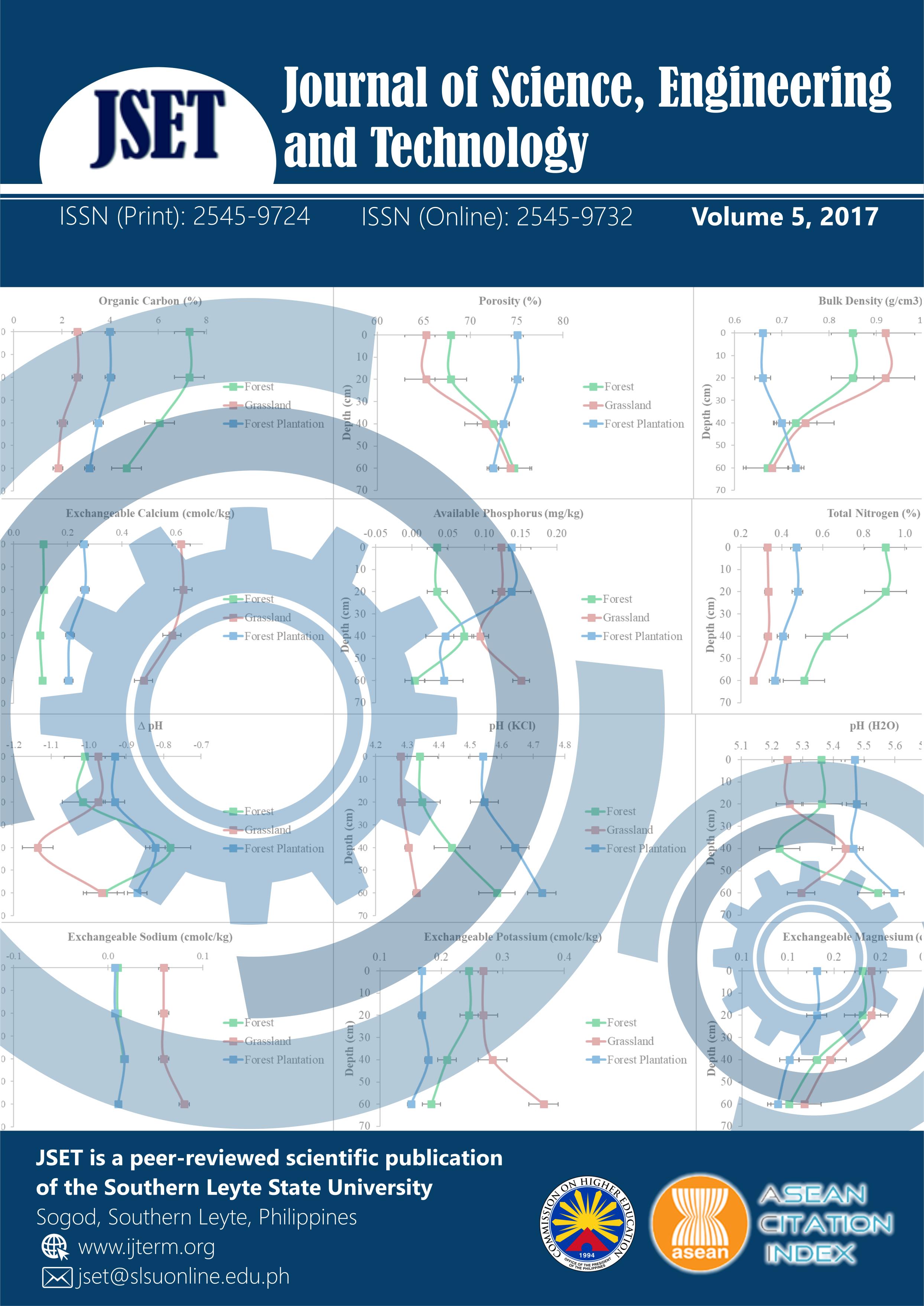Formulation Optimization of Cookies from Different Levels of All- Purpose, Soybean (Glycine max (L) Merr) and Nami (Dioscorea hispida Dennst) Flour
DOI:
https://doi.org/10.61569/x0k2fg68Keywords:
All-purpose flour, celiac disease, cookies, dioscorine, gluten, Nami (Dioscorea hispida Dennst), protein energy malnutrition, soybean flourAbstract
Cookies can be considered as a nutrition-vehicle for children since it can be a good source of higher nutrients and more functional food property needed by them. This study was conducted to optimize the formulation of cookies from different levels of all- purpose, soybean and nami flour. nami was subjected first for detoxification process. A 2, 3 Simplex Lattice Design was used in this research with all- purpose, soybean and nami flour as the independent variables. Sensory evaluation of the ten treatments was done using Incomplete Block Design. The data were subjected to optimization study and verified. The optimum treatment was subjected to consumer preference test and proximate analysis. Results of the detoxification process revealed that nami flour is safe to be used for cookies production due to absence of alkaloid. Results of the sensory acceptability revealed that cookies were significantly affected by varying levels of all-purpose flour, soybean and nami flour. The optimum formulation of the cookie product has a level of 25.89% w/w all- purpose flour, 31.25% w/w soybean flour and 42.86% w/w nami flour at the cost of Php 6.20/30 grams cookies. Verification study revealed that the model equations generated were reliable in predicting all of the attributes except aroma. Consumer preference test showed that the optimum product can compete in the market with the existing commercial counterpart product. The optimum cookie formulation has 8.47% crude protein, 0.27% fiber, 19.83% fat, 1.08% ash, 94.11% dry matter and 5.90% moisture content.
Downloads
Published
Issue
Section
License

This work is licensed under a Creative Commons Attribution 4.0 International License.
This is an open access article distributed in accordance with the Creative Commons Attribution 4.0 Unported (CC BY 4.0) license, which permits others to copy, redistribute, remix, transform and build upon this work for any purpose, provided the original work is properly cited, a link to the license is given, and indication of whether changes were made. See: Creative Commons Attributions 4.0 International License.








